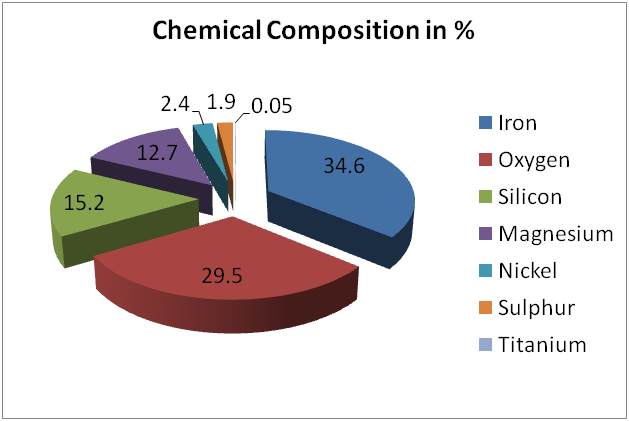
Periodic Table of Elements
| Chemical Composition of the Universe
and the Big Bang Theory |
The Big Bang model for the Universe predicts that the Universe was ~90 %
hydrogen, ~10 % helium, and trace amounts of the element lithium and
rare isotopes of hydrogen (deuterium) and helium (He3)
(Alpher and Gamow, 1940s).
The task of determining the primordial chemical composition of the Universe
is difficult. The results are based upon observations of ionized hydrogen
regions (HII regions) and planetary nebulae.
However, because we do not see primordial HII regions,
we see HII regions produced after the Universe has evolved,
we infer the properties of HII regions formed near the birth of the
Universe. This is difficult but the best results suggest that the oldest
HII regions have helium abundances of ~10 %.
To the left is shown the composition of the Earth.
The main component of the Earth is iron followed by oxygen and silicon.
Hydrogen and helium do not warrant individual mentions. To the right is
shown the chemical composition of the Universe
compared to that of the crust of the Earth (the Earth excluding its
iron-nickel core). The Universe is primarily (~90 %)
hydrogen, ~10 % helium, everything else forms less than 1 % of
the Universe.
This is remarkable for several reasons: (i) the
Big Bang theory predicted
that the Universe would be 90 % hydrogen,
10 % helium, and with very little of anything else,
unlike the Earth; and
(ii) this means that nearly everything
(of chemical importance to us) was not produced during the Big Bang.
It turns out that all elements heavier than helium that we find in our bodies
and in our environment were produced in stars or stellar explosions!



